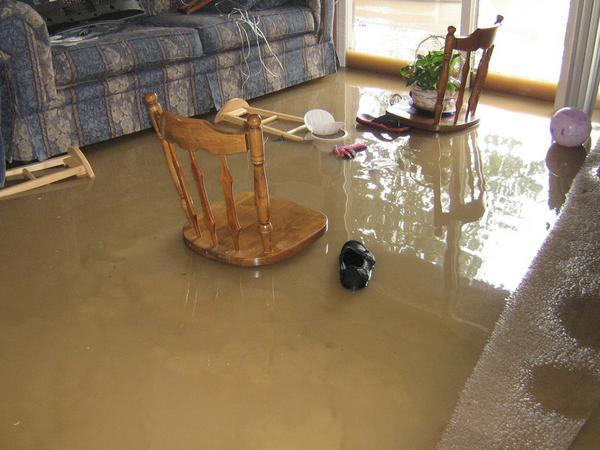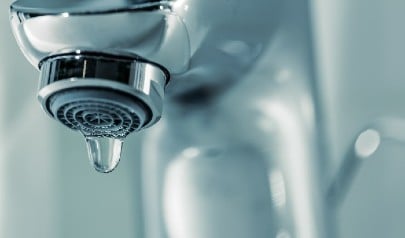Ways to Repair a Water-Damaged Wall in the Bathroom
Ways to Repair a Water-Damaged Wall in the Bathroom
Blog Article
We've found this article involving Looking for Signs of Water Damage in the Bathroom down the page on the net and felt it made sense to write about it with you on my blog.

The shower room is very at risk for wet buildup and potential water damage due to the constant use water in it. This article offers simple inspection strategies to aid detecting water damage hazards.
The frequent use water in the bathroom makes it exceptionally at risk for wet buildup as well as prospective water damage. By examining it frequently, you can decrease water associated problems.
The complying with set of evaluations is easy to perform and should be done as soon as in every 3 months in order to maintain your restroom in good shape and to stop possible water problems triggered by the bathtub, the shower, pipeline joints and also plumbing, sinks, cupboards, and also the commode
Do not neglect performing these inspections and also be detailed while executing them. Bear in mind that these simple inspections can conserve you a great deal of money by providing very early indicators for water damage
Sinks and also Cabinets
Sinks and also cupboards are exposed to dampness as well as humidity daily and are usually neglected. Inspect regularly under the sink as well as on the countertop over it. Repair any drip in the catch as it may suggest drainpipe problems. Check out the sink, slow draining pipelines may suggest a blocked drainpipe. Change sink seals if they are broken or loosened.
Bathtub as well as Shower
The shower and tub require special interest as well as maintenance. Inspect the tiles and also replace if fractured. Make certain that there is no missing cement in between the ceramic tiles. Inspect as well as replace broken caulking at joints where the wall surfaces fulfill the floor or the bath tub. Blocked drains pipes and pipelines problems will certainly prevent the tub from drying out and might indicate severe problems below the bath tub. Speak with a specialist instantly to stop structural damage. Take notice of stainings or soft areas around the bath tub walls as they may suggest an inner leak.
Plumbing
Signs for water damage are tough to detect because the majority of pipes are set up inside the wall surfaces.
Pay special interest to floor covering and walls moisture as well as stains as they may suggest an invisible plumbing issue. Examine moisture degrees in adjacent rooms also.
The Commode
The toilet is a prone water junction. Inspect the water lines and search for leaks around the toilet seat, in the hose, and under the water tank. If you detect any kind of indicators of wetness on the floor around the toilet, look for leaks in the toilet edge and also container seals.
Be aware that hanging toilet bowl antiperspirants raises the opportunities for clogs.
How to Prevent Bathroom Water Damage Caused By Your Plumbing
Prevent Water Damage Caused by Your Plumbing
There are many things you can do to prevent water damage in your bathroom. Let's take a look at a few actions you can take:
Shower and Tubs
Inspect tiles to see if any are missing or cracked. Check grout areas to see that the grout is not missing. Water can seep behind tiles and damage the wall if tile and grout is not in good shape. Don't let water sit in the tub. Standing water can find ways to get around a faulty drain. Check out caulking around tubs and showers and replace or repair any areas that may allow water to seep through. Dry the floor immediately after bathing or showering. Don't let water sit on the floor. Use the exhaust fan to pull moist air out of the area. Keep the room as dry as possible. Sinks and Cabinets
These are exposed to moisture every day. Inspect them often to see that there are no leaks or moisture issues that might cause problems. If the trap has a leak or any moisture around it this could indicate a problem with your plumbing in Chico. Somewhere in the system there has to be excess moisture. Get this looked at. Any drips from faucets need to be repaired. Small leaks lead to larger leaks and bigger problems. Check seals and grout around sinks also. If they are cracked, broken or simply missing replace or repair them. Toilets
The seal on the bottom of the toilet needs to be inspected regularly. If you see water near the base of the toilet have the seal replaced. Make sure the tank does not leak. If you hear the tank filling for no reason you know there is a leak. This constant water drip can cause damage to the toilet and any others near it that stay wet. Check water lines leading to the toilet. These can often leak and cause damage if left unchecked.

We hope you enjoyed our section about Preventing Water Damage in the Bathroom. Thanks a lot for taking time to read our blog. If you enjoyed reading our page please remember to share it. We recognize the value of reading our article about How to Prevent Bathroom Water Damage.
Book Now! Report this page